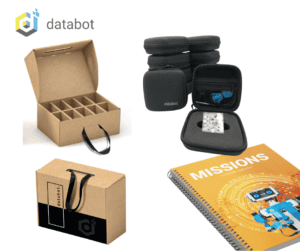 Our mission at databot is to make interacting with and understanding data and technology a beautiful, fun, and ubiquitous experience that crosses the traditional boundaries of all learning environments. The world is driven by data and we are driven to teach future generations how to use it for good. We create data powered technology and brilliant learning activities that empower students everywhere to think deeply, explore with passion, and solve our planetary scale challenges.
Our mission at databot is to make interacting with and understanding data and technology a beautiful, fun, and ubiquitous experience that crosses the traditional boundaries of all learning environments. The world is driven by data and we are driven to teach future generations how to use it for good. We create data powered technology and brilliant learning activities that empower students everywhere to think deeply, explore with passion, and solve our planetary scale challenges.
databot was created to function as a highly versatile, multi-purpose tool capable of enhancing activities in all the core sciences as well as STEAM topics such as coding and physical computing. We offer various types of lesson plans and activities that range from quick and easy starters to more in-depth classroom explorations. In addition, there are a number of how-to's and getting started tutorials for using databot in other applications such as Excel, programming with MicroBlocks® or Python, etc. Read on to learn more about the resources available to educators using databot.
Sensor Starters
databot Sensor Starters are a great way for students (and educators) to quickly get familiar with the sensors on board databot and their capabilities. Each sensor starter includes background information that explains how the sensor works, what it is sensing, what are the units used, how it is used in the real world, and even where it lives on databot! Once background information has been reviewed, there are two engaging activities that immediately put students into engaging, interactive experiences with live sensor data!

Explore Sensor Starters in the Lessons & Activities section of the website and see how easy and how much fun science with sensors can be!
Coding Starters
Easy to follow Coding Starter activity cards walk educators and students, step-by-step, through beginning to advanced topics. Each Coding Starter includes 2-3 activities that can be done in about 15 minutes and focus on specific skills over a sequence of time.
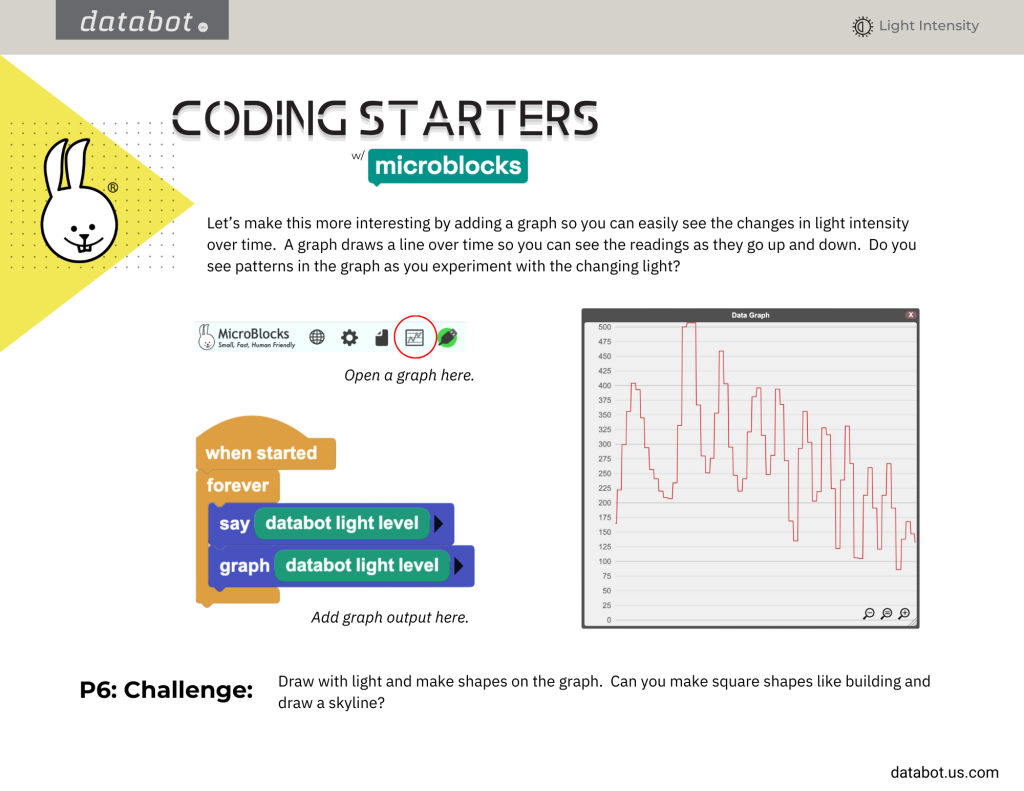
Explore Coding Starters in the Lessons & Activities section of the website and see how easy and how much fun coding for science with sensors can be!
Explorations
databot Explorations are one-hour units designed to meet specific learning objectives and standards across a wide variety of subjects ranging from physics and chemistry to earth science and biology. These Explorations provide you with comprehensive materials to prepare for your lesson:
- Background information
- Pre-configured experiments that you load into the Vizeey app
- Four experiments consisting of two short activities, a l0nger experiment, and a challenge / extension.
- Additional resources for deeper investigations
- Guiding questions for discussion
- Data sheets
- Step-by-step instructions
- Standards alignments
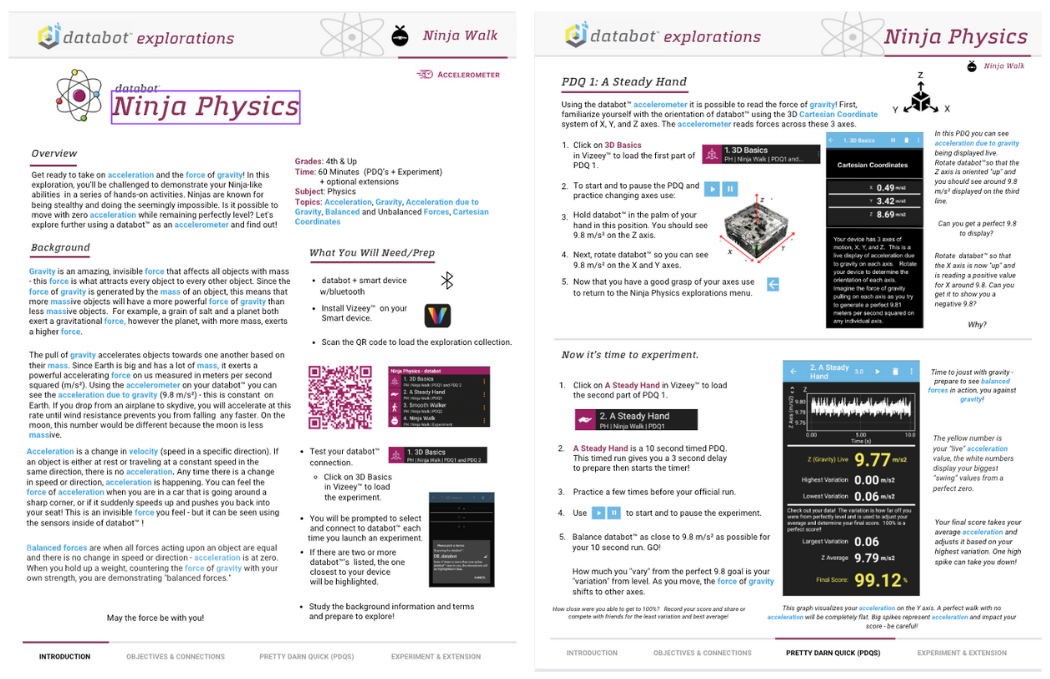
Tour databot Explorations in the Lessons and Activities section of our website to to see an Exploration module in-depth.
Discovery of Data Summer and Enrichment Camp
databot Camp curriculum provides a detailed, day-by-day roadmap for facilitating engaging, unique, data driven STEAM experiences. Ideal for after-school and summer camp programs these camp manuals are designed to make implementation simple for staff members ranging from high school volunteers to professional educators. The daily guides and resources provide all the details you will need to guide discussion, facilitate awesome experiences with students as they explore math, physics, chemistry, and earth science through physical interactions with sensor data.

Missions
databot Missions are career oriented experiences that pose various real-life scenarios that students must solve through the creative application of data collection and analysis. Missions are designed around various STEAM devices popular in classrooms such as the following "Volcanic Vistas" designed around the popular Tello drone.

Another mission example is the 130+ page databot Missions with LEGO® Robotics curriculum which provides a comprehensive manual for LEGO® Robotics educators to integrate data collection and analysis using sensors into their current program.

Detailed How-Tos and Technical Guides
Whether you are looking to use databot fast and simple out of the box using Vizeey or an uber-geek looking to create an automated greenhouse complete with IOT dashboards and sensor controlled watering systems databot has what you need. Visit our technical library for details on coding environments, software integrations such as Excel or Python, and extensive documentation on pinouts, datasheets, and the technical information you need for creating just about anything you can imagine.

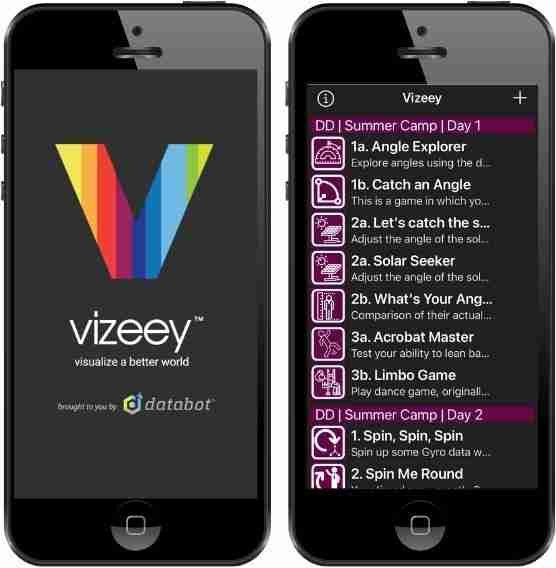 What is Vizeey?
What is Vizeey?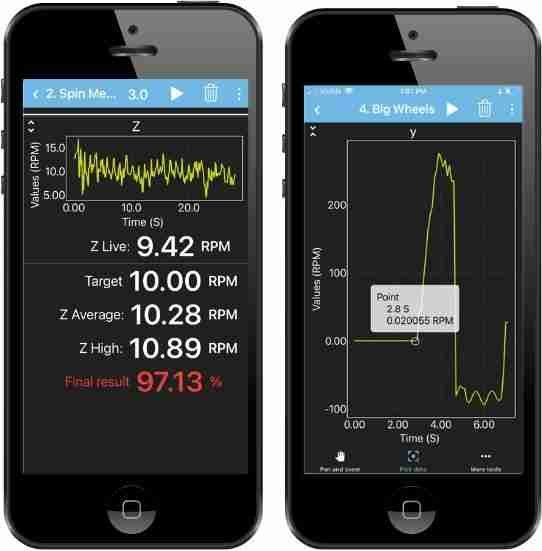 How Does Vizeey™ Work?
How Does Vizeey™ Work?
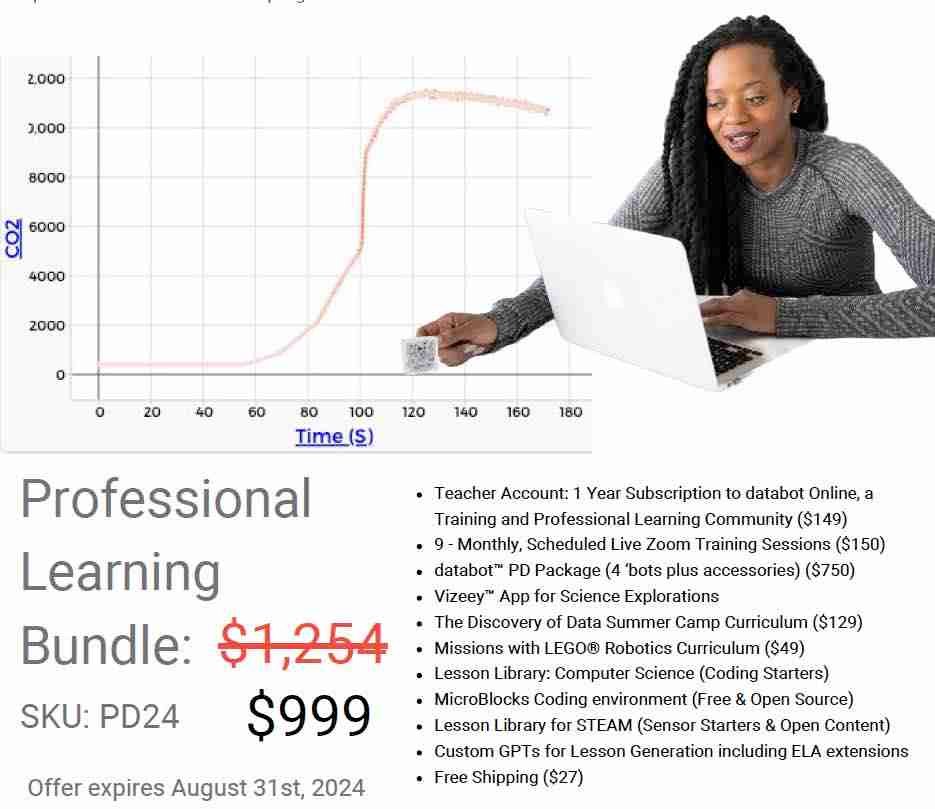







 Day 1: So Inclined!
Day 1: So Inclined! Day 2: You Spin Me Round
Day 2: You Spin Me Round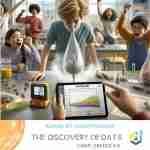 Day 3: Under Pressure
Day 3: Under Pressure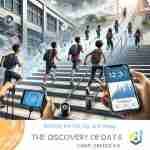 Day 4: Up, Up, and Away
Day 4: Up, Up, and Away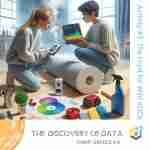 Day 5: Hunting the Wild VOCs
Day 5: Hunting the Wild VOCs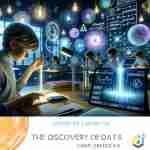 Day 6: Lighten Up!
Day 6: Lighten Up!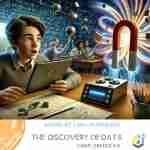 Day 7: Laws of Attraction
Day 7: Laws of Attraction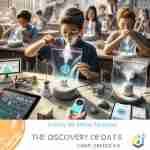 Day 8: Mister Moisture
Day 8: Mister Moisture Day 9: Don't Hesitate, Accelerate!
Day 9: Don't Hesitate, Accelerate! Day 10: Ninja Physics!
Day 10: Ninja Physics! Day 11: Measurement Madness!
Day 11: Measurement Madness!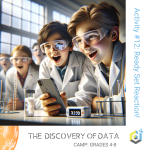 Day 12: Ready, Set, Reaction!
Day 12: Ready, Set, Reaction! Mission 1: Spin Cycle
Mission 1: Spin Cycle Mission 2: CO2 Alarm!
Mission 2: CO2 Alarm!
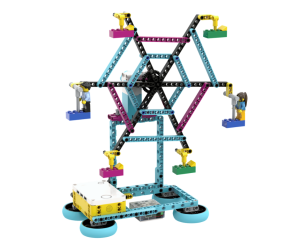 Mission 4: Ferris Wheel
Mission 4: Ferris Wheel Mission 5: Whirlpool!
Mission 5: Whirlpool!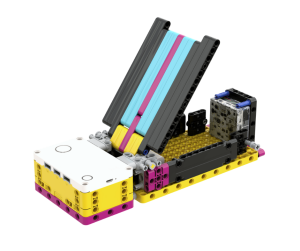 Your team of experienced cryptographers has been invited to design and test a new communication network for exchanging information between the staff of two research laboratories.
Your team of experienced cryptographers has been invited to design and test a new communication network for exchanging information between the staff of two research laboratories. Mission 7: G-Force!
Mission 7: G-Force! Mission 8: Getting Warmer!
Mission 8: Getting Warmer!

